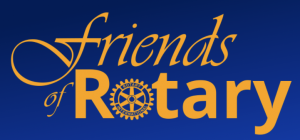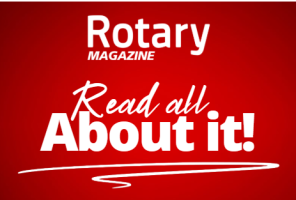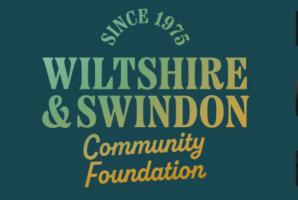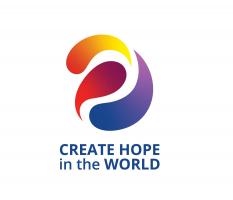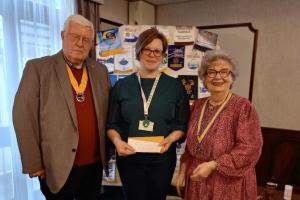Speaker Meeting with partners, 6.45 for 7pm
Mon, Feb 5th 2024 at 7:00 pm - 9:30 pm
Speaker: Jim Macleod, a professional Toastmaster, will make a presentation entitled "The history of the traditional British Toastmaster”.
Jim Macleod has had walk-on parts in shows such as Gavin and Stacey, Dr Who, Casualty and Footballers’ Wives. A trained toastmaster, he’s also been the Master of Ceremonies at more than 500 weddings. He’s now the Customer Relations Manager at Hartfordcare and says it’s the best ‘part’ he’s ever had. Hartfordcare has recently opened a care home in Common Platt, near Purton.
Jim was our guest speaker at this meeting. Dressed appropriately, he said his talk would be about the history and role of the traditional British Toastmaster.
In the 17th century, pieces of spiced toast were added to the wine to improve its flavour and keep the sediment at the bottom. The person who oversaw this was called the 'Master of the Toasts’ the predecessor of the modern toastmaster. The toastmaster's role evolved from controlling the adding of the toast to the wine, to controlling the number of toasts given at a banquet or event.
Two influential figures in the development of toastmasters were Richard 'Beau' Nash who, as the Master of Ceremonies in Bath for more than 50 years, established many codes of etiquette and behaviour. Secondly, William Knightsmith who introduced the distinctive red coat to make himself stand out from the waiters. The red coat is also known as the 'hunting pink' tailcoat, but in the City of London, the toastmaster wears a black tailcoat with a red sash, because the law forbade a hunt to pass through the City.
Today a toastmaster acts as the host and director of a formal event, such as a wedding, a banquet, or a conference. He is a skilled and experienced professional who can make any event more enjoyable and memorable. Duties of a toastmaster include planning and co-ordinating the event with the organisers, introducing the guests, and announcing the toasts and speeches. He also ensures the smooth running of the event by handling any unexpected situations and is expected to create a warm and friendly atmosphere and engage with the participants with humour and charm.
Jim said: "For me, 3 P’s are important. They are Preparation, Preparation and Preparation."
At formal events, the announcing of honoured guests in the correct order of precedence is all-important. The hierarchy of ranks and titles determines the seating, standing, and walking-in order.
- Dukes: The highest rank of the peerage, held by members of the royal family or the nobility.
- Marquesses: The second-highest rank of the peerage.
- Earls: The third-highest rank of the peerage.
- Viscounts: The fourth-highest rank of the peerage.
- Barons: The lowest rank of the peerage.
Should a member of the royal family be present their official style and title must be used. Prince William for example, is properly announced as His Royal Highness Prince William, The Prince of Wales. For lesser mortals, their full name and any title is used, such as Professor David Davis. If the person has a post-nominal letter, such as OBE or CBE, it is important that it is said in full, such as Order of the British Empire or Commander of the British Empire.
A toastmaster must be respectful and courteous when introducing people and should always check the pronunciation and spelling of names beforehand.
There was much more in Jim's interesting talk which he "illustrated" with the many "just-in-case" items he always keeps in his tailcoat pockets: a sewing kit being just one of them. As he said: "Preparation, checking, checking again, and be prepared for any eventuality."
He also brought along some props, such a sword. He claimed that with the sword he could open a bottle of Champagne. Unfortunately, or fortunately, he didn't have a bottle of champers with him to prove his claim.
It was a very entertaining presentation delivered with humour and also a few tales and anecdotes from Jim’s personal experience as a Toastmaster.
'What We Do' Main Pages:
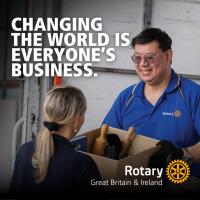
Corporate Membership enables small, medium and large businesses to join Rotary. Corporate Membership gives a company a unique platform for service, networking and professional and personal growth, rooted within the local community
more
Will you join our 250-Club lottery? We have run it for more than 25 years and in that time it has raised tens of thousands of Pounds for charity
more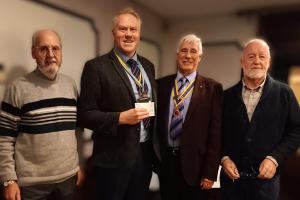
Great Western Academy believes every student deserves the chance to thrive. It's values are ACE - Achievement, Care and Excellence.
more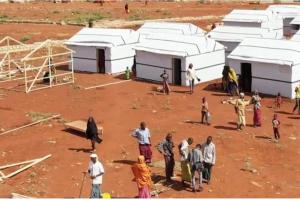
We make another donation to the charity which provides emergency shelter and assistance when disasters strike
more
A Partner Club is a Rotary club that supports ShelterBox's work in disaster relief by donating over £2,000 in a Rotary year
more
Rotary’s second major donation, of £208,000, was handed over on 7th July 2021 when local Rotarians visited the Great Western Hospital to view the build progress of the nearly completed radiotherapy unit.
more
Brighter Futures launched their Radiotherapy Appeal in 2015. Today, 7 years later, a ribbon cutting ceremony has taken place at the Great Western Hospital
more
Rotarian Terry Williams' remarkable and unique fund raising effort, living in a ShelterBox emergency tent for a week in the Market Place, Highworth
more


